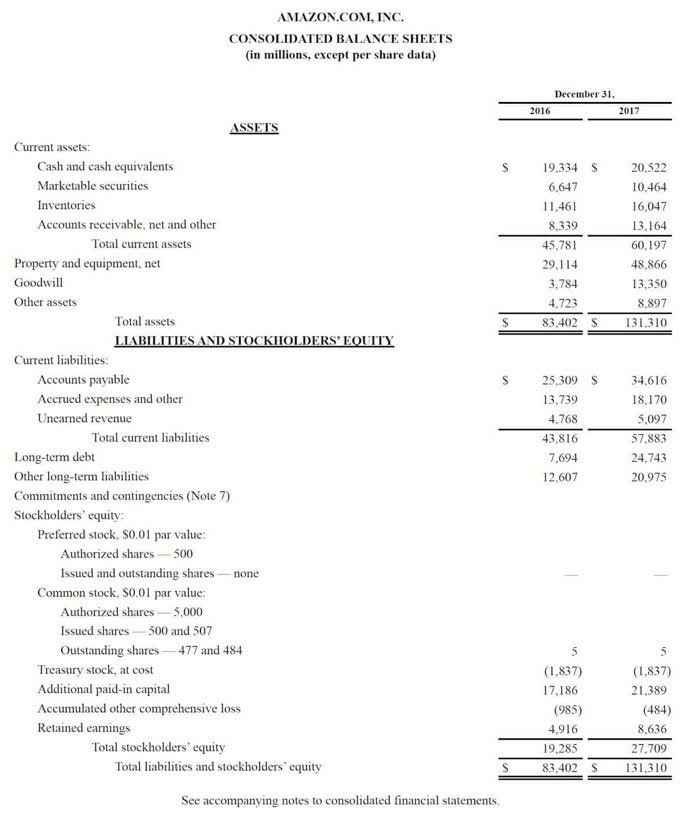What Is ERP? Enterprise Resource Planning Overview

To these companies, ERP is as indispensable as the electricity that keeps the lights on. To eliminate unnecessary processes and centralize work, they chose the Oracle NetSuite ERP system. Immediately, Fulton & Rourk was better able to identify accounting errors related to inventory, eliminate costs from employing third parties to evaluate their financial records, and better report financial positions. As cloud-based solutions have grown in popularity in recent years, the traditional ERP industry leaders have seen challenges from upstarts such as Bizowie and Workwise. Now, all that’s left is to start using your system to drive more revenue and improve your marketing strategies. If you want your marketing to drive a lot of leads, you need to base it on your analytics — analytics which come from your ERP.
An ERP system doesn’t always eliminate inefficiencies within a business or improve everything. The company might need to rethink how it’s organized or risk ending up with incompatible technology. ERP applications also allow the different departments to communicate and share information more easily with the rest of the company. It collects information about the activity and state of different divisions, making this information available to other parts, where it can be used productively.
Finance
This approach can breathe new life into legacy ERP systems, giving businesses a great opportunity to start adopting cloud capabilities. ERP Systems and software support multiple functions across the enterprise, mid-sized, or small businesses, including customizations for your industry. Their antiquated inventory tracking system did not account for changing costs, and the accounting software could not record the metrics needed for key financial statements. These breakdowns created manual processes, which further compromised time and resources. Finally, the best thing marketing can do for your business is to drive leads and conversions.
Because of the cost savings and deployment speed of the cloud, many ERP products targeting SMBs are SaaS, though there are still some on-premises brands. Large enterprises have historically preferred on-premises ERP, mostly because they had more resources — time, people and money — to implement and maintain the complex systems. However, in the past decade or so, many large enterprises have moved to a hybrid model, adding cloud modules for HCM, finance and SCM. If the workflow is mostly automated, definition erp much of this manual data entry is performed by the ERP system, perhaps in a dedicated order-to-cash module, and some data fields will already be filled in with information from other modules. Behind the scenes, ERP modules are exchanging messages with each other or changing records in the database to ensure that the data is accurate. For example, when the user requests an order shipment, data accessed by the inventory management module must change to reflect the reduction in available inventory.
How can digital marketing work together with your company ERP?
MRP remained the manufacturing standard until manufacturing resource planning (called MRP II) was developed in 1983. MRP II featured “modules” as a key software architectural component, and integrated core manufacturing components including purchasing, bills of materials, scheduling, and contract management. For the first time, different manufacturing tasks were integrated into a common system. MRP II also provided a compelling vision of how organizations could leverage software to share and integrate enterprise data and boost operational efficiency with better production planning, reduced inventory, and less waste (scrap). As computer technology evolved through the 1970s and 1980s, concepts similar to MRP II were developed to handle business activities beyond manufacturing, incorporating finance, customer relationship management, and human resources data. By 1990, technology analysts had a name for this new category of business management software—enterprise resource planning.

The sections below cover how ERPs integrate and deploy with other tools in your arsenal. ERP systems and software are an industry unto themselves, located at the heart of the technology space. Because of ERP systems efficiency, success – and therefore, desirability – it is an industry worth several billions of dollars today. As the name suggests, ERP’s primary goal is to manage the various resources within the company to make sure they are being utilized in a cost-effective way.
Enterprise resource planning
Employees can shift their focus from managing IT to more value-added tasks such as innovation and growth. With a secure and centralized data repository, everyone in the organization can be confident that data is correct, up-to-date, and complete. Data integrity is assured for every task performed throughout the organization, from a quarterly financial statement to a single outstanding receivables report, without relying on error-prone spreadsheets.
- EATM can employ a staging table, web services, or system–specific program interfaces (APIs).
- Finally, in 1990, after decades of computer and technological advancements, we arrive at one comprehensive system for helping businesses beyond manufacturing.
- Generally there are three deployment options for ERP systems; Cloud-based, on-premise, and a hybrid of the two.
- Which ones are the main applications depends on the business and the industry it operates in.
- Built for the digital age, today’s ERP cloud embraces mobile, social, analytics, and the latest emerging technologies.
- For an ERP housed at a business’s premises, the business must maintain and implement the system itself, rather than relying on online solutions.
- Enterprise resource planning (ERP) is a platform companies use to manage and integrate the essential parts of their businesses.